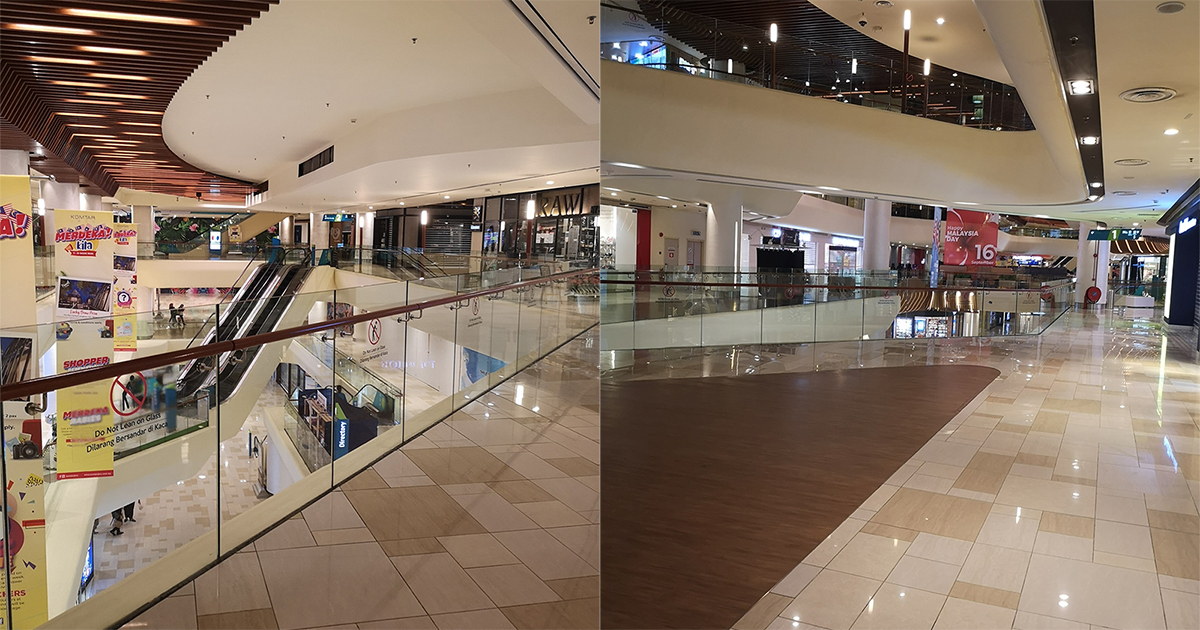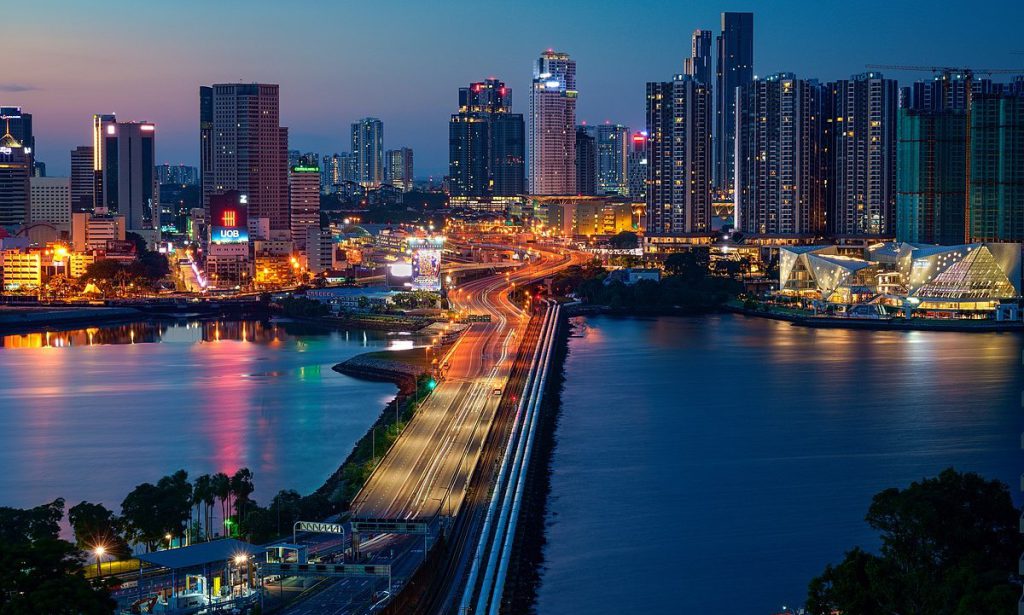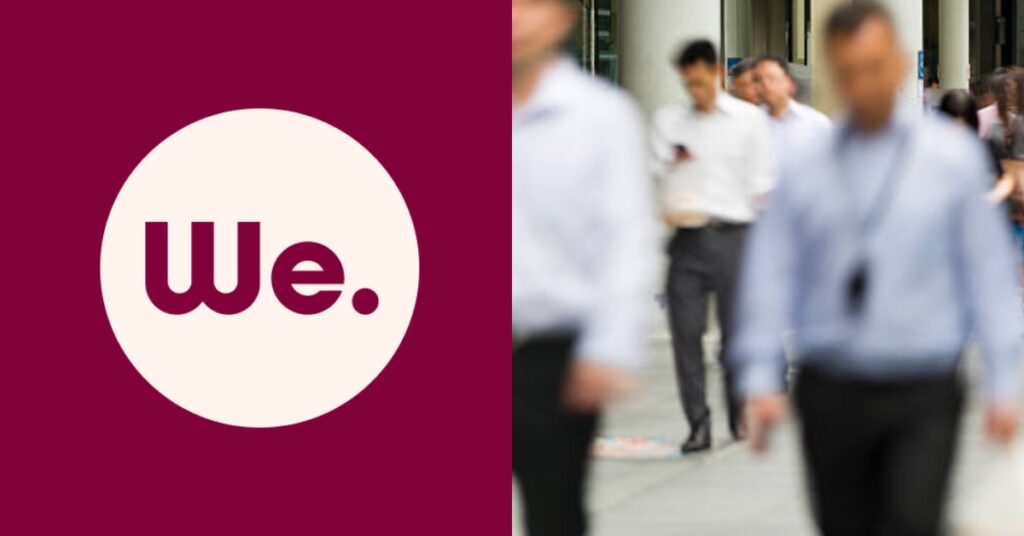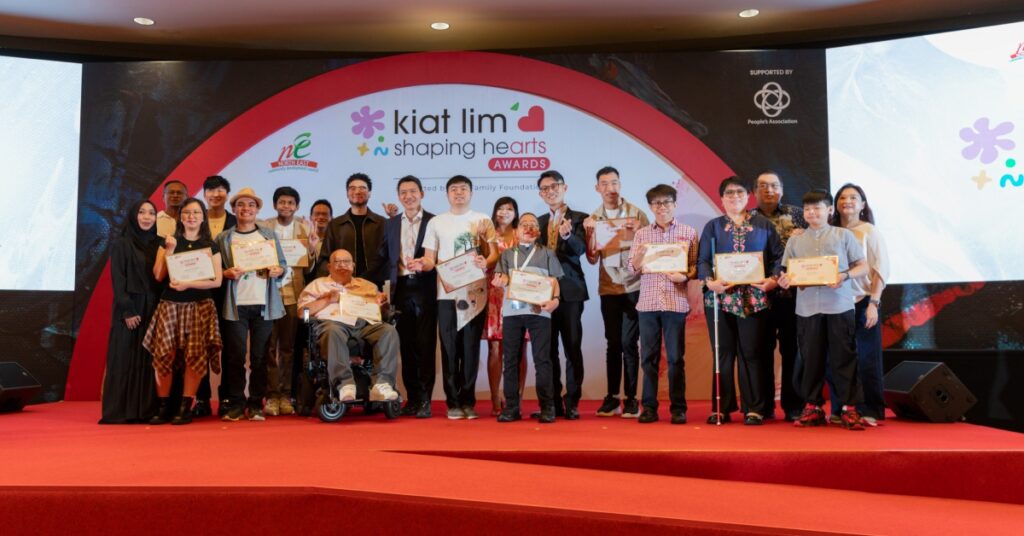The omission of Malaysia among the latest list of countries that travelers can be allowed to enter Singapore from, was quite badly received across the northern border.
Many scornful comments and accusations suggested that the city-state is treating its neighbour as second-rate.

With over 90 per cent of adults vaccinated and the recent resumption of travel and economic activity, Malaysians are eager to resume travel with Singapore — particularly those in Johor, who depend on employment across the border or are desperately awaiting the return of Singaporean visitors to their stores and restaurants.

I think we can all understand their pain. After a year and a half, which saw businesses crumble and many families split with the border, preventing some from returning home (and staying in Singapore for work), everybody just wants to return to normalcy.
However, we’re not there yet.
But why, you may wonder, was Malaysia omitted from the recent list which included countries like South Korea, Canada, Denmark, France, Italy, Netherlands, Spain, the United Kingdom and the United States? Isn’t Malaysia a more important partner to Singapore?
It definitely is, and the bilateral relationship is just as important on both sides of the Straits of Johor.
But in the current situation, especially as the city-state tries to limit its own first major outbreak of the Delta variant, (that it simply has to go through on its path to reopening), there is one obstacle that is still preventing it from unfreezing the northern border:
Extremely high volume of traffic
You see, jet airliners from Europe and America can probably bring a few thousand people to the city every day — through an expansive and well-prepared airport.
Changi is currently serving approximately 200,000 people per month (as of August 2021). Meanwhile, prior to the pandemic, the border between Singapore and Malaysia saw 400,000 people cross it every day.
Returning to even just a portion of this number would not only put an incredible strain on border checkpoints, but also add to sanitary risks, as tens of thousands of people would move there and back regularly, potentially leading to new outbreaks.
This is not a risk that Singapore can take today, as it tries to limit the impact of the Covid-19 wave sweeping the city at this time.

Local authorities have spent nearly two years making sure they can limit the damage caused by the virus.
As a result, Singapore remains one of the safest countries on the planet overall, with a death toll of 50 to 100 times lower than in most of the developed world, so it cannot now risk the situation spiralling out of control.
Multi-Ministry Taskforce’s co-chair, Minister Lawrence Wong, reassured that Malaysia’s status would certainly be upgraded in near future, but that the “order of risk” — given the volume of travel between the two countries — was simply too high to permit a reopening just yet.
Thus far, Singapore had the Vaccinated Travel Lanes (VTL) open only with Brunei and Germany. It received a very low volume of visitors, with most travelers being Singaporeans returning home.
Jumping from near complete isolation to full reopening of one of the busiest land borders in the world simply cannot happen overnight, particularly as the extent of the current Covid-19 wave in the city is not yet fully known.
Given the experiences of other countries, it will likely take four to eight weeks before the crisis is extinguished, and talks about travel to and from Malaysia can be finalised with an agreement and relevant procedures.
VTL comes with restrictions
Speaking of procedures, I think it’s also important to highlight that the VTL scheme, while granting relative freedom of travel, comes with its own requirements.
Travelers arriving in Singapore have to provide a negative result of a PCR test taken before departure. They also have to take another test upon arrival, and are required to self-isolate until they receive a confirmation of a negative result.
It’s clear, then, that it would be pretty much impossible to deploy these measures at sufficiently large scale on the land border.
It’s hard to imagine that hundreds of thousands of people would be taking PCR tests on both sides of the border while commuting to work or doing shopping – even if it didn’t happen daily, it could happen every few days or once a fortnight.
We’re still talking about tens or hundreds of thousands who would have to be regularly screened for the virus and find a place to isolate before they receive a result. Later, they also have to be able to check into various venues in Singapore to confirm their vaccination status or allow sufficient contact-tracing.
Of course, given the nature of Covid-19, it’s very much certain that thousands among them would test positive. So what would happen then? Would they be forced into a quarantine in Singapore? Would they be repatriated to Malaysia? What about medical expenses? Insurance coverage? These are all questions that have to be addressed – and solutions provided need to be able to handle the sheer number of possible cases.
VTL was launched to reopen Singapore to tourists and, mainly, business travelers from distant, developed countries. Logistical and bureaucratic requirements have therefore been quite a lot easier to fulfil as we’re talking about occasional travel of a low number of people and for a limited extent of time. It can be tracked and controlled.
Land-border with Malaysia, however, needs completely different arrangements, due to the nature of the relationship between both countries, which by the way, is highly important to both.
Sadly, it’s their very close ties that make it so risky to reopen the crossings just yet.
Featured Image Credit: Lim Choon Heng via Flickr










